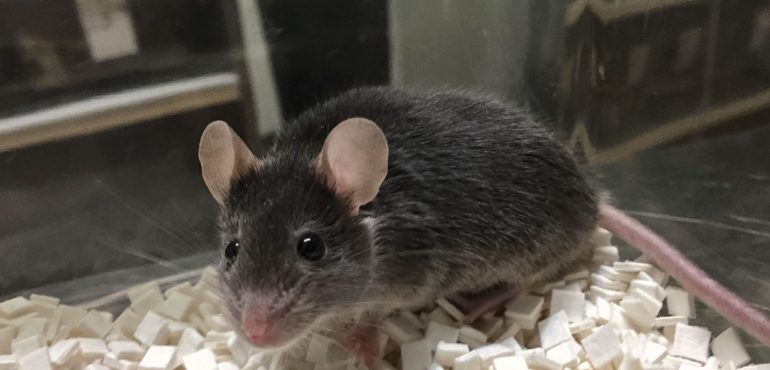This mouse may not look like anything special, but it’s the first of its kind. The egg cell used to create the rodent didn’t come from the ovaries of an adult mother, but were developed in a dish from egg precursor cells of a mouse fetus. To observe how sperm and egg cells form, researchers have long been trying to grow them outside the body, by coaxing and culturing the so-called primordial germ cells (PGCs) that give rise to them. (A research team in China recently reported the creation of spermlike cells in vitro.) But until now, efforts to grow oocytes, or egg precursor cells, have involved temporarily grafting a mix of PGCs and their surrounding cells back onto a mouse ovary or kidney. In a dish, the follicles that are supposed to contain each developing egg typically end up malformed and clumped together. A new study published online today in the Proceedings of the National Academy of Sciences proposes a potential reason: too much estrogen in their culture medium. When the researchers cultured fetal mouse ovaries with a compound that blocks estrogen receptors, the follicles inside separated properly. And after being fertilized and implanted into surrogate mothers, the resulting eggs produced apparently healthy mice like the one above. The new technique will allow researchers to better understand how eggs mature by directly observing complex signaling between an oocyte and the surrounding cells that direct its development. And some see the work as a step toward a more distant and ambitious goal: If an analogous technique can work in human cells, scientists might someday treat infertility by making healthy eggs from other cells in a woman’s body, such as skin cells.
More info: http://www.sciencemag.org/news/2016/07/mouse-eggs-grown-lab-dish
Source: AAAS


